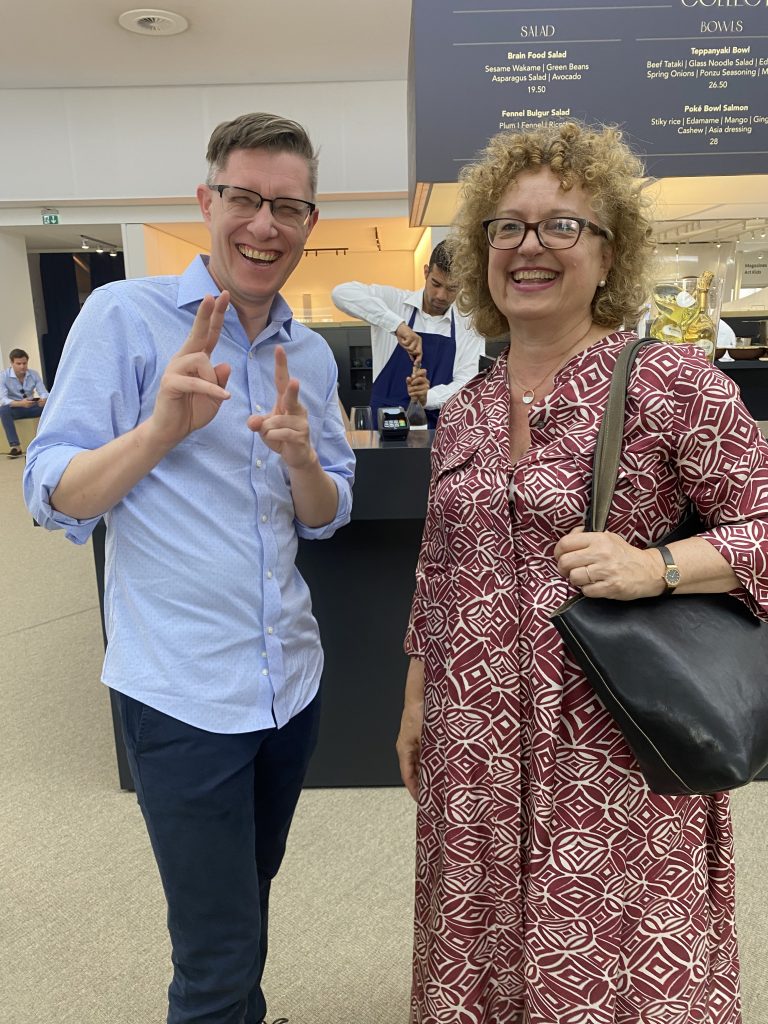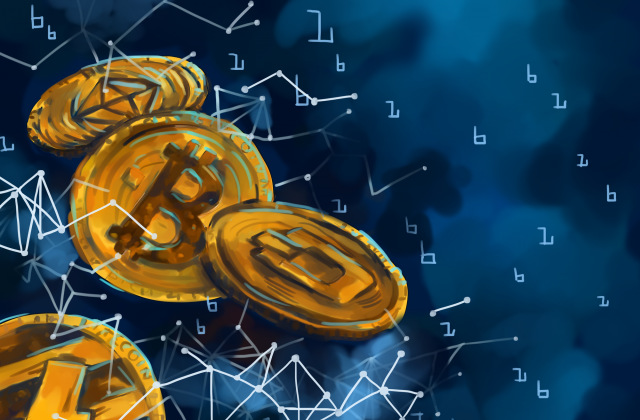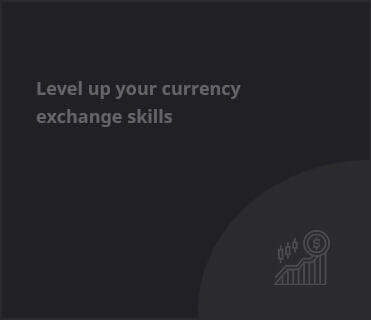As a new crypto winter set in just in time for Art Basel, there was non-fungible gossip (and a few sales!) to report from this week’s art fair.

Along with art glitterati, some NFT and crypto art ballers attended this year’s fair. Ryan Zurrer, founder of Dialectic.ch and collector of Beeple and Refik Anadol, walked the main fair. Beeple was seen at the fair with Carolyn Christov-Bakargiev, director of the Castello di Rivoli, where Human One is on display. Niclas Castello, creator of the Castello Coin cryptocurrency, spent an evening at Les Trois Rois.
The Swiss version of Art Basel felt less positive on NFTs than Art Basel Miami Beach in December.
This sensation is global. Bitcoin’s price fell from $69,000 in November 2021 to $20,080 yesterday, the third day of the show. Ethereum, the NFT-associated cryptocurrency, dipped to $1,030 during Art Basel, down from $4,800. Since April, both main cryptocurrencies have down 70%.
Despite the crypto market’s boom-and-bust cycle, the art market is embracing digital (and “phygital”) art.
At the main fair, Cologne and Berlin-based Galerie Nagel Draxler, which sold the first NFT ever at Art Basel (an Olive Allen work), paired crypto with traditional art. Nagel Draxler’s booth included three NFTs by Kenny Schachter.
Kevin Abosch, an Irish conceptual artist and crypto art pioneer, sold a painting (without an NFT) called Crypto is a Scam for €75,000 ($79,000), according to gallery co-founder Saskia Draxler.
Draxler said the fair is growing increasingly welcoming to collectors of digital and conventional crypto-themed art. Draxler: “We’re combining the worlds.” Soon everyone will have a digital asset wallet, but right now I feel like we’re in the fourth industrial revolution, and Art Basel is and always will be a pulse for many of these changes.
Jeffrey Deitch displayed a work by Refik Anadol, known for A.I.-driven data painting and recent blockbuster sales at Christie’s. Deitch was only accepting fiat currency for the digital A.I. painting of ocean currents.
Upstairs, an NFT by Austin Lee was screened opposite a resin sculpture. It cost €50,000 ($53,000) and remained unsold on day three.
Deitch was terse about NFTs’ impact on the art market. “I only care about significant art, not NFTs,” he said.
Pace sold numerous versions of Jeff Koons’s $2 million Moon Phases NFT project, each with a sculptural accompaniment, during Art Basel.
Outside the Unlimited portion, the Tezos Foundation displayed Herbert W. Franke, the 92-year-old pioneer of generative art, together with younger artists Aleksandra Jovanic, Ryan Bell, Eko33, and Sam Tsao. Franke’s MONDRIAN (1979) began as a dynamic image-and-sound software for Texas Instruments.
The technique allows interactively building individual images utilizing a dynamic sequence. In the late 1970s, the program made it possible to construct a dynamic image whose algorithms run randomly. The work is among the earliest computer generative art. The Tezos booth didn’t sell any art, but rather educated visitors on the history of new media art.
Anika Meier was impressed with Tezos’ Basel presentation, she told Artnet News. She stated Franke is a genius. His pioneering spirit made him a computer artist six decades ahead of his time.
Meier is assisting the London-based art organization Circa and Tezos stage Marina Abramovic’s inaugural NFT. Abramovic and Circa’s creative director, Josef O’Connor, will discuss it on June 18 at the Tezos booth.
Artsted’s NFT bar at Volta included works by Francesco Vullo, Xiaoling Jin, Domiano Fasso, and Maria Giovanna Morelli.
Maryna Rybakova, Artsted’s CEO and founder, said they built the NFT bar so visitors could relax. She said the display wasn’t commercial, but rather a venue where new collectors could learn about NFTs.
“As a Gen Zer, I believe the future is digital. Next-generation collectors lead this new technology, she said. “Resources are shifted from ‘old’ to ‘new’ market.”
Tom Rieder and George Bak, founders of NFT Art Day in Zurich, were also at Art Basel. While the crypto sector in Switzerland is centered in Zug, the NFTs and platforms environment is expanding. Rieder, co-founder of sales platform elementum.art, told Artnet News that “NFTs are starting to make ground in Basel, but New York and Miami are still at the top”
Bak, who is arranging a sale of generative NFTs at Phillips in July, is observing a tendency toward “phygitals,” a neologism for works with both a digital and physical component. Koons’ Moon Landing (2022) and Beeple’s Human One include NFTs. Bak purchased an NFT of generative art from the Squiggles series by Erick Calderon, founder of Art Blocks, at the Design Miami fair in Basel.
Venus Over Manhattan partnered with Infinite Objects for their Art Blocks Squiggles booth exhibit. The booth’s design comprised source code wallpaper and 100 digital screens across four walls. Adam Lindemann, the gallery’s owner, told Artnet News they’ve received 20 mint requests. Ask Roger Federer, he adored them. Lindemann:
Joe Saavedra, founder of Infinite Objects, agreed that NFT is heading toward digitally native content with a strong physical presence.
“When we worked with Beeple on his second-ever drop on Nifty Gateway, we wanted to attract new blockchain collectors,” he stated. While his first goal was to build a “vessel for films,” he noted that “the items we make are immutable, just like the blockchain itself, meaning we’re in the business of generating scarcity, provenance, and making digital art collectible.”
Infinite Objects, launched in 2019, has worked with hundreds of digital artists. It built SuperRare’s pop-up exhibition in New York and launched a membership NFT on June 16. With Infinite Object’s revenue rising 500% in the last year and $6 million in seed funding from NFT players like Dapper Labs’ Roham Gharegozlou, the sky isn’t falling for startups like Infinite Objects.



